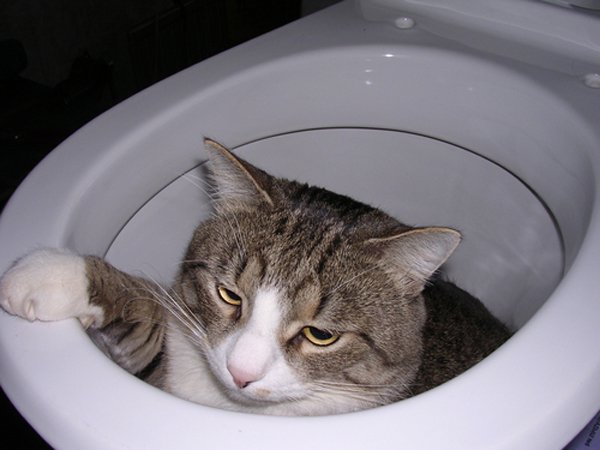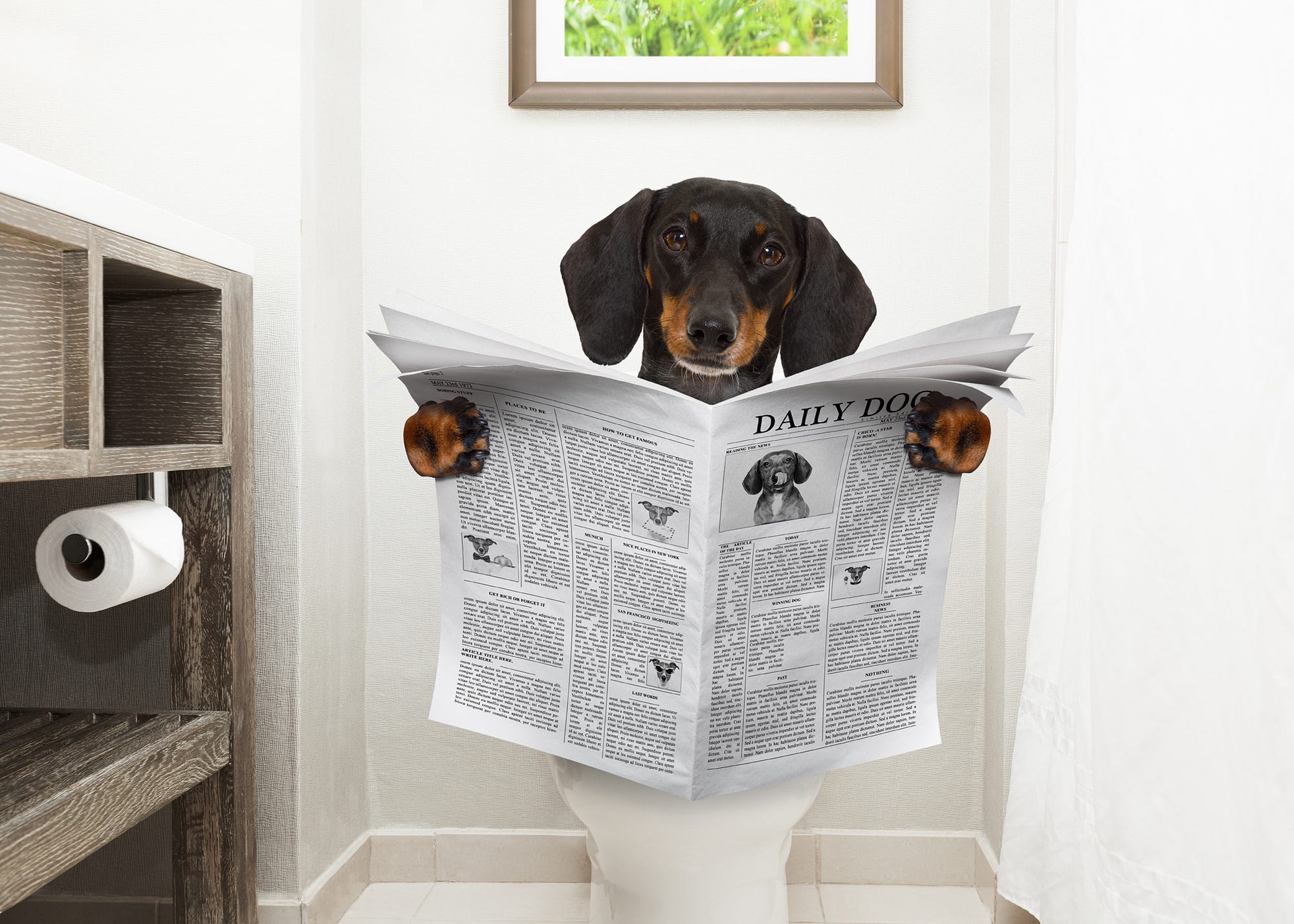My Significance of Proper Disposal of Animal Waste
My Significance of Proper Disposal of Animal Waste
Blog Article
Are you currently in search of facts around 4 Reasons Why Dog Poop Cleanup is Important?

When it pertains to throwing away waste, specifically animal waste, many individuals often consider the practical option of flushing it down the commode. Nonetheless, this apparently very easy option can have serious repercussions for the setting and public health. In this article, we'll explore why flushing animal waste down the commode is a poor concept and supply alternative approaches for correct disposal.
Introduction
Correct garbage disposal is critical for preserving environmental sustainability and public health. While it might appear harmless to purge animal waste down the toilet, it can cause various concerns, both for the environment and human well-being.
Dangers of flushing pet waste
Ecological effect
Flushing pet waste presents hazardous microorganisms and microorganisms into rivers, which can adversely influence aquatic ecosystems. These microorganisms can contaminate water resources and injury marine life, interfering with fragile environments.
Public health concerns
Animal waste contains damaging germs such as E. coli and Salmonella, which can position significant health dangers to people. Flushing animal waste down the commode can infect water products, causing the spread of illness and infections.
Alternatives to flushing
Rather than flushing pet waste down the bathroom, there are numerous alternate disposal techniques that are much more environmentally friendly and sanitary.
Composting
Composting pet waste is an environmentally friendly way to get rid of it. By composting, organic matter is broken down right into nutrient-rich dirt, which can be utilized to fertilize gardens and plants.
Garbage dump disposal
Throwing away pet waste in a land fill is another alternative. While not as environmentally friendly as composting, it is a safer option to flushing, as it avoids the contamination of water resources.
Pet garbage disposal systems
There are specialized animal garbage disposal systems available that safely and hygienically deal with pet waste. These systems commonly make use of enzymes to break down waste and remove smells.
Actions to correct pet garbage disposal
To ensure appropriate disposal of pet waste, follow these actions:
Scooping and bagging waste
Consistently scoop and bag animal waste utilizing naturally degradable bags. This stops waste from infecting the atmosphere.
Making use of designated waste bins
Dispose of bagged pet waste in assigned waste bins, such as compost containers or garbage dump containers. Avoid flushing it down the toilet at all expenses.
Cleansing can and animal areas on a regular basis
Routinely tidy litter boxes and pet locations to stop the buildup of waste get more info and germs. Use pet-safe cleaning items to maintain hygiene.
Advantages of appropriate disposal methods
Taking on appropriate disposal methods for animal waste uses a number of advantages:
Decreased environmental pollution
Proper disposal methods lower the risk of environmental pollution, shielding rivers and communities from contamination
Lessened threat of water contamination.
By preventing flushing animal waste down the toilet, the risk of water contamination is substantially lowered, securing public health.
Boosted cleanliness and hygiene
Correct disposal approaches advertise better cleanliness and hygiene, creating a more secure atmosphere for both human beings and animals.
Final thought
In conclusion, flushing animal waste down the toilet is unsafe to the atmosphere and public health. By embracing alternate disposal approaches and adhering to correct waste administration methods, we can decrease the unfavorable influence of pet waste and add to a cleaner, much healthier earth.
What To Do With Dog Poo – The Do's And Don'ts Of Disposing Of Faeces
Dog poo bins
Some councils provide dedicated dog waste bins in popular dog-walking areas that can take dog poo that has been bagged but you can legally dispose of dog waste in any public litter bin, as long as it is securely bagged. This also applies to your wheelie bin at home.
Do not flush
Water companies do not recommend flushing dog faeces down the toilet because certain parasites can survive the water processing treatment and are potentially harmful to humans. You should also never consider flushing dog poo that has been bagged down the toilet as the bags will not break down and instead create severe blockages in the sewage system.
In the woods
The Forestry Commission promotes a ‘stick and flick’ method for dealing with waste in the woods. This means finding a stick and using it to flick any poo from off the path so that it is out of the way of other walkers. You could also bury it as long as it is not in an area where there might be livestock.
Livestock
Parasites found in dog poo can be transmitted to livestock if they inadvertently eat infected faeces that has been left on grazing land. This could result in the death of sheep or abortion in cattle so you should always make sure you pick up your dog’s waste in fields where livestock could be present.

Routinely tidy litter boxes and pet locations to stop the buildup of waste get more info and germs. Use pet-safe cleaning items to maintain hygiene.
Advantages of appropriate disposal methods
Taking on appropriate disposal methods for animal waste uses a number of advantages:
Decreased environmental pollution
Proper disposal methods lower the risk of environmental pollution, shielding rivers and communities from contamination
Lessened threat of water contamination.
By preventing flushing animal waste down the toilet, the risk of water contamination is substantially lowered, securing public health.
Boosted cleanliness and hygiene
Correct disposal approaches advertise better cleanliness and hygiene, creating a more secure atmosphere for both human beings and animals.
Final thought
In conclusion, flushing animal waste down the toilet is unsafe to the atmosphere and public health. By embracing alternate disposal approaches and adhering to correct waste administration methods, we can decrease the unfavorable influence of pet waste and add to a cleaner, much healthier earth.
What To Do With Dog Poo – The Do's And Don'ts Of Disposing Of Faeces
Dog poo bins
Some councils provide dedicated dog waste bins in popular dog-walking areas that can take dog poo that has been bagged but you can legally dispose of dog waste in any public litter bin, as long as it is securely bagged. This also applies to your wheelie bin at home.
Do not flush
Water companies do not recommend flushing dog faeces down the toilet because certain parasites can survive the water processing treatment and are potentially harmful to humans. You should also never consider flushing dog poo that has been bagged down the toilet as the bags will not break down and instead create severe blockages in the sewage system.
In the woods
The Forestry Commission promotes a ‘stick and flick’ method for dealing with waste in the woods. This means finding a stick and using it to flick any poo from off the path so that it is out of the way of other walkers. You could also bury it as long as it is not in an area where there might be livestock.
Livestock
Parasites found in dog poo can be transmitted to livestock if they inadvertently eat infected faeces that has been left on grazing land. This could result in the death of sheep or abortion in cattle so you should always make sure you pick up your dog’s waste in fields where livestock could be present.

We are very occupied with Why you should never flush dog poop down the toilet and I am assuming you liked the entire blog post. Remember to take the opportunity to distribute this blog post if you enjoyed reading it. I enjoy your readership.
Call Report this page